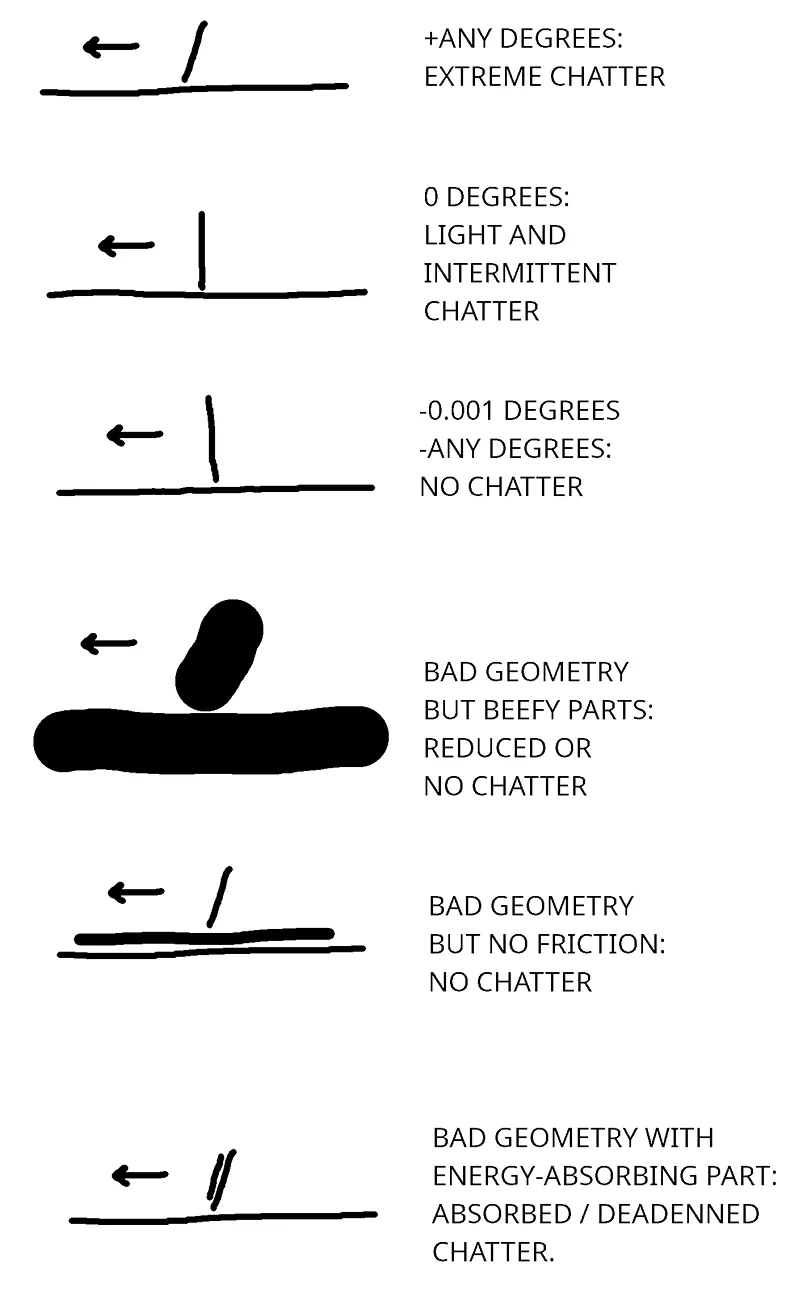- Thread starter
- #1
I don't yet have the squeal but it's probably just a matter of time.
TRD Jon has the brake squeal:
and he loves to spend money on modifications and accessories for the benefit of the owner community, but most of them are beyond the budget of many owners.
If someone knows him, maybe you could persuade him that it would be valuable for 6th gen owners (and him too, since he has the squeal issue) and also one of the least expensive mods if he tried out a few aftermarket pads to see if any of them fix the issue and don't compromise 60-0 brake performance much.
If he agreed to this, I'd suggest he do the pad swap at an actual brake shop, not a dealership. Since they are brake experts, they could probably also opine on who makes the factory pads and what material they're made of, and maybe even suggest aftermarket pads to try. The only issue may be that there aren't yet many aftermarket pads available for the 6th gen. But I did find this one that says it's for the 2025 4runner but I don't know who makes the pads: https://brakeperformance.com/product/premium-ceramic-brake-pads/2025/toyota/4runner
What do you think? Anyone know Jon and could ask him?
TRD Jon has the brake squeal:
and he loves to spend money on modifications and accessories for the benefit of the owner community, but most of them are beyond the budget of many owners.
If someone knows him, maybe you could persuade him that it would be valuable for 6th gen owners (and him too, since he has the squeal issue) and also one of the least expensive mods if he tried out a few aftermarket pads to see if any of them fix the issue and don't compromise 60-0 brake performance much.
If he agreed to this, I'd suggest he do the pad swap at an actual brake shop, not a dealership. Since they are brake experts, they could probably also opine on who makes the factory pads and what material they're made of, and maybe even suggest aftermarket pads to try. The only issue may be that there aren't yet many aftermarket pads available for the 6th gen. But I did find this one that says it's for the 2025 4runner but I don't know who makes the pads: https://brakeperformance.com/product/premium-ceramic-brake-pads/2025/toyota/4runner
What do you think? Anyone know Jon and could ask him?
Sponsored


